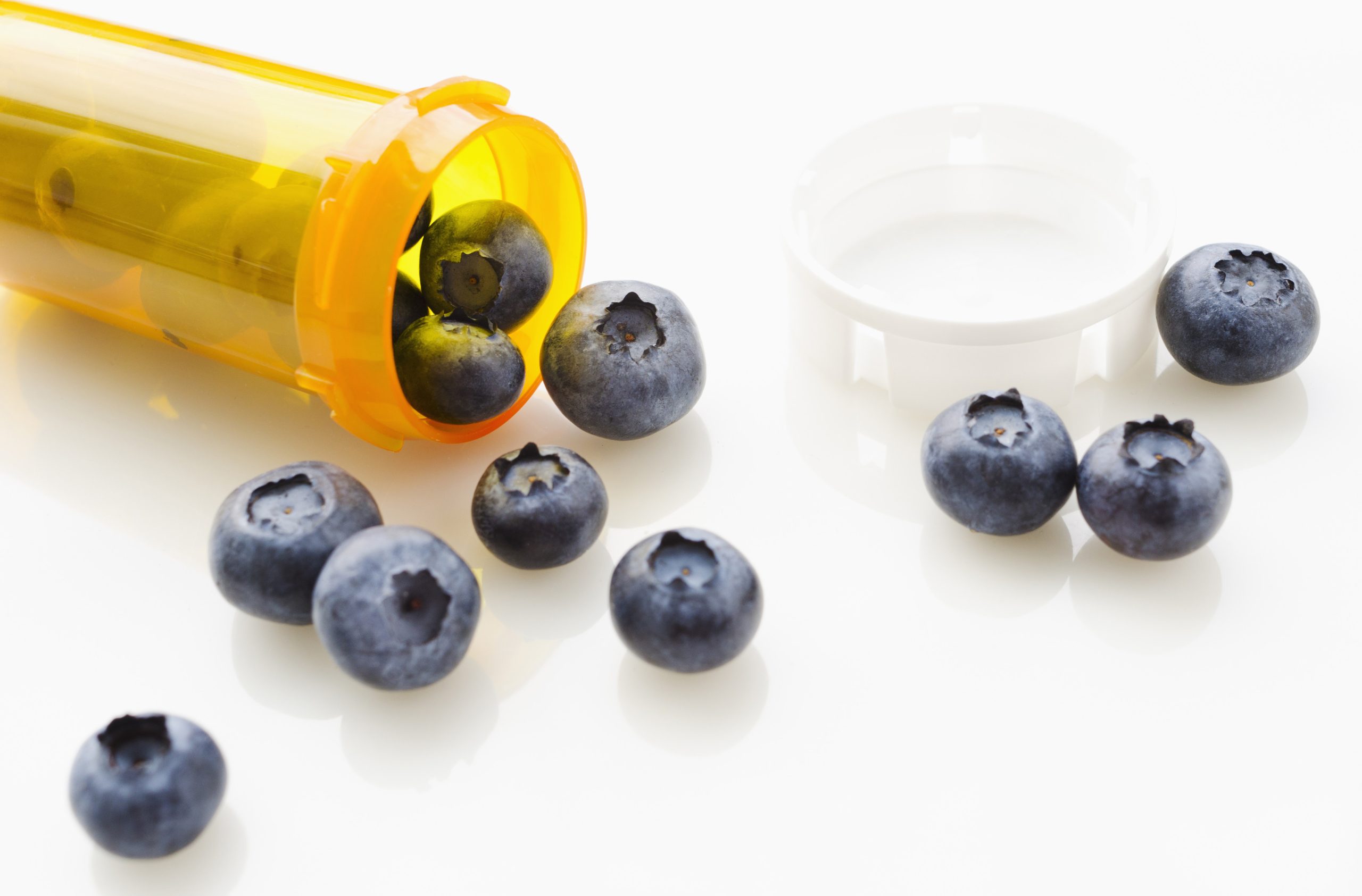by Francesco Bisozzi
Flexible, low cost, in fruit flavors: these are some of the characteristics of the third generation of photovoltaic panels. Like those made from blueberries by Cyanine Technologies Spa, a start-up founded in 2006 with a turnover that totaled 150,000 euros last year, currently in the experimental stages in Settimo Torinese.
Instead of silicon, the new modules function with organic or metallorganic pigments that are capable of absorbing light and cost much less than the traditional modules. First of all because the cells are so thin they can actually be printed right onto the surface of application, which has obvious advantages from the production standpoint.
Next because silicon (in crystals) accounts for 60% of the cost of a traditional panel. As regards the solutions offered by the so-called organic photovoltaic panels, the type that at the moment appears ready to be sold consists of hybrid cells that reproduce the mechanism used by plants to convert sunlight into energy. «We are testing nine modules that measure 30 centimeters each, for a total of one square meter of photovoltaic area exposed, with a nominal power of 60 Watts and an energy efficiency of 6%» Giuseppe Caputo, scientific director of Cyanine Technologies, explains to Panorama Economy.
The company is 56% owned by the Settimo Torinese-based ASM group of municipal service companies, through Pianeta Srl. But why blueberries? «The pigments in blueberries, from which we get our artificial dyes, have the advantage of being free of metals. This makes them ideal for our purpose», Caputo tells us. «But, he adds, we could do the same with eggplants, prickly pears or red oranges».
The modules being tested at Settimo are not the only ones in Italy: the organic solar cell center of the Lazio Region has developed a pilot production line for the new photovoltaic panels. With a cost of 5 million euros, it will serve as a technological platform for companies interested in the product. The energy efficiency is around 11%, and the Roman panels also use berries.
Efficiency is one of the aspects that need a great deal of work and that, for the time being, make these organic modules less competitive than the traditional types. Another problem is durability, which is still limited, but the experts believe it can be extended up to 20 years.
Organic photovoltaic panels are preparing for the great leap onto the market. «You have to bear in mind that it is one thing to produce microcells measuring a few centimeters, with high energy efficiency, and quite another to manufacture large panels and install them on the walls of buildings» explains the scientific director of Cyanine Technologies.
The main problem, for him, really consists of this, and it’s hard to disagree. In the meantime, from the U.S. to China, there are numerous start-ups that, like the Piedmont plant, are working on the latest generation of solar cells. One is the American company Konarka, based in Massachusetts, that is already marketing small modules for consumer electronics. Another is the Australian company Dyesol which, after initiating contacts for the realization of production plants for organic modules in Greece and Turkey, now hopes to conquer the States.

